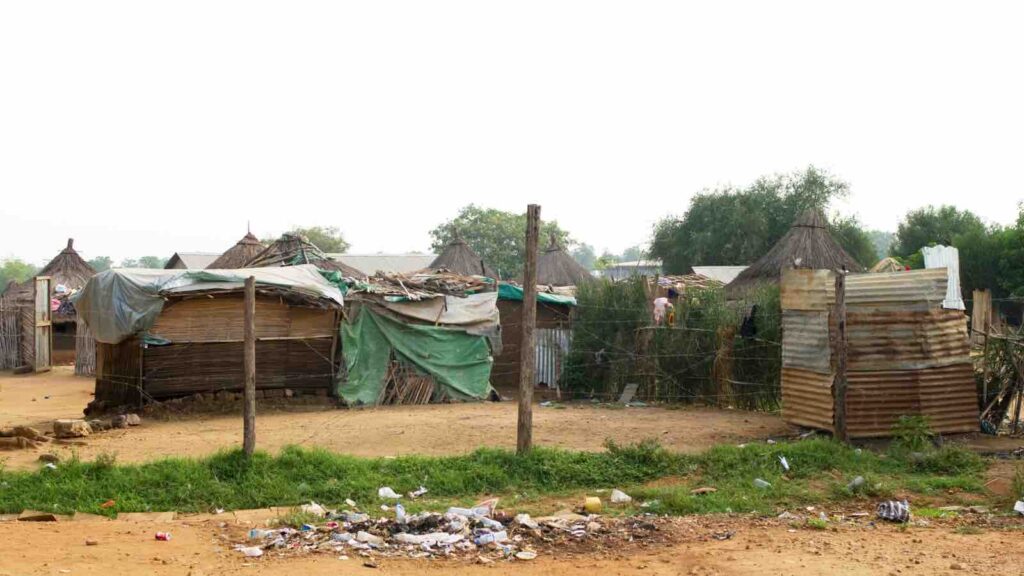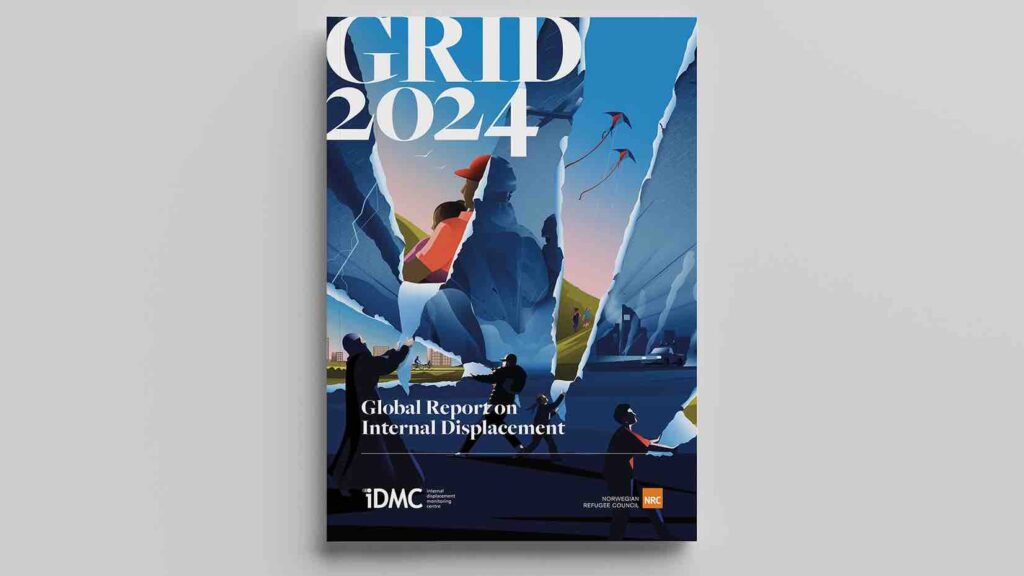More than conflict and violence, weather-related disasters continue to cause internal displacement.
In a grim testament to the escalating impact of climate change, weather-related disasters continue to displace more people within their countries than conflicts and violence, a trend that has persisted since 2018, according to the latest Global Report on Internal Displacement (GRID-2024) released by the Geneva-based Internal Displacement Monitoring Centre (IDMC).
RELEVANT SUSTAINABLE GOALS



The report defines internal displacement as “the number of forced movements of people within the borders of their country recorded during (a) year,” tracking both conflict-induced and disaster-induced displacements.
While conflicts and violence caused more internal displacements in 2022 and 2023, reversing the long-standing trend, disasters remained the dominant driver overall in 2023, accounting for 56 percent of all internal displacements worldwide.
Worldwide Internal Displacement Rises in 2023
In 2023, the number of internally displaced people increased to 75.9 million, up from 71.1 million in the preceding year, according to the GRID-2024. “68.3 million people were living in internal displacement as a result of conflict and violence at the end of 2023, the highest figure since data became available,” the report states, citing countries like Sudan, Syria, the Democratic Republic of the Congo (DRC), Colombia, and Yemen as hosting nearly half of the world’s internally displaced people.
On the other hand, the disaster-induced internal displacement population stood at 7.7 million by the end of 2023, with one-fourth of it caused by earthquakes. “We detected disaster displacement in 148 countries and territories in 2023, with significant events across six continents. Some high-income countries, such as Canada and New Zealand, reported their highest figures ever,” the GRID-2024 notes.
Weather-related Displacement Dips but Remains a Grave Concern
While internal displacement due to weather-related disasters came down by a third in 2023 compared to 2022, it remains a significant concern, with 2023’s figure being the third-highest in the last decade.
The GRID-2024 attributes the relatively lower displacement due to weather-related disasters to the transition from the La Niña phase to the El Niño phase of the El Niño Southern Oscillation (ENSO) phenomenon in the central and eastern equatorial Pacific Ocean. La Niña is associated with a higher number of storms and floods, while El Niño is linked to dry weather resulting in droughts.
“Storms and floods led to fewer displacements across most of Asia, but floods in other areas triggered record numbers, particularly in the Horn of Africa,” the report states, highlighting the regional variations in the impact of this global weather phenomenon.
South Asia, including India, reported its lowest displacement figure in recent years, with 3.7 million internal displacements, of which disasters caused 3.6 million. “The decrease (in displacement due to disasters) is partly explained by the onset of the El Niño phenomenon, which led to below average rainfall during the monsoons and a weaker cyclone season,” the GRID-2024 reasons.
However, the report cautions that “floods and storms continued to uproot people from their homes, often in the same places where displacement tends to be recorded year after year,” underscoring the persistent threat posed by weather-related disasters, exacerbated by the escalating effects of climate change.
Lead image courtesy of SimplyCreative Photography from Getty Images Signature
You may also be interested in :
Climate Change: A Growing Threat To Children’s Safety and Future



